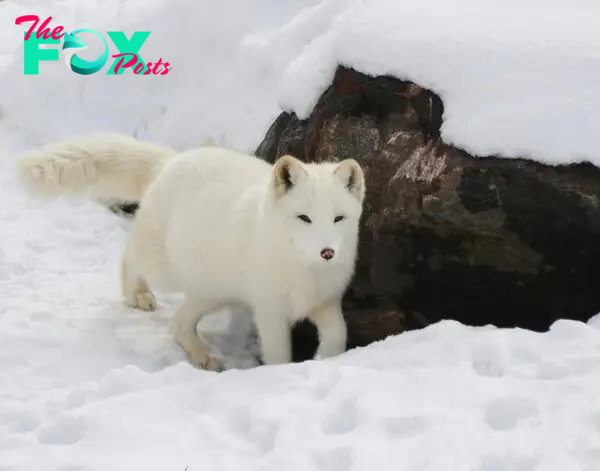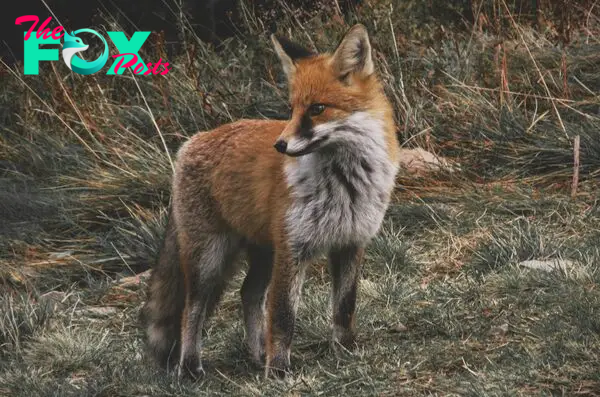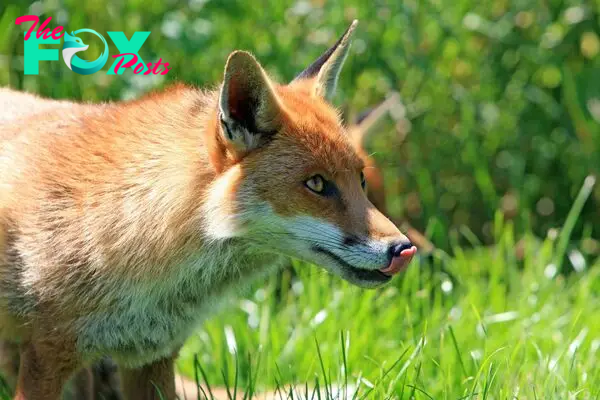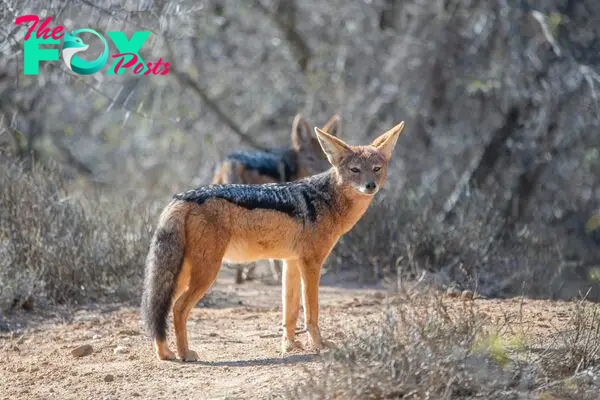The Fascinating World of Foxes
Foxes are one of the most adaptable and widely distributed animals in the world, known for their cunning behavior and striking appearance. These members of the Canidae family are found in nearly every corner of the globe, from the icy tundras of the Arctic to the scorching deserts of Africa. Despite their widespread presence and the familiarity many people have with them, foxes remain enigmatic creatures that continue to captivate our imagination. This article delves into the world of foxes, exploring their physical characteristics, behavior, habitats, and the role they play in various ecosystems.

Physical Characteristics
Foxes are small to medium-sized maMMAls, with the red fox (Vulpes vulpes) being the most common and widespread species. Adult red foxes typically weigh between 6 to 15 pounds and measure around 18 to 35 inches in length, not including their bushy tails, which can add another 12 to 22 inches. Their slender bodies and long limbs make them agile and swift, capable of running up to 30 miles per hour.
One of the most distinctive features of a fox is its bushy tail, often referred to as a “brush.” This tail serves multiple purposes: it helps the fox maintain balance while running and jumping, acts as a warm cover in cold weather, and serves as a communication tool with other foxes. For example, a fox may puff up its tail to appear larger and more intimidating to potential threats.

Foxes have sharp, triangular ears that are highly sensitive to sound, allowing them to detect the faintest noises made by their prey. Their keen sense of hearing is complemented by excellent night vision, which is particularly useful for their nocturnal hunting habits. Foxes have vertically slit pupils, much like cats, which helps them to see well in low light conditions.

Behavior and Social Structure
Foxes are often depicted as solitary animals, but their social structure can vary depending on the species and environmental conditions. In general, foxes are indeed solitary hunters, relying on their stealth and agility to catch prey. However, they are also known to live in small family groups, especially during the breeding season when a pair of foxes may raise their kits (young foxes) together.

Communication among foxes is complex and includes a variety of vocalizations, body language, and scent marking. Foxes can produce a wide range of sounds, from sharp barks and yelps to high-pitched screams and howls. These vocalizations serve different purposes, such as warning other foxes of danger, attracting a mate, or establishing territory.

Scent marking is another crucial aspect of fox communication. Foxes have scent glands located near the base of their tails, which they use to mark their territory. This scent marking not only helps to establish boundaries but also conveys information about the fox’s identity, reproductive status, and more.

Foxes are highly adaptable and opportunistic feeders, with a diet that varies greatly depending on the availability of food. They are omnivores, meaning they eat both plant and animal matter. Their diet typically includes small maMMAls like rodents and rabbits, birds, insects, fruits, and berries. In urban areas, foxes have been known to scavenge for food, eating discarded human food or even hunting small Pets like chickens.

Habitat and Distribution
Foxes are found on every continent except Antarctica, making them one of the most widely distributed animals in the world. The red fox is the most common species and has the broadest range, inhabiting regions across North America, Europe, Asia, and North Africa. Other species of foxes are more specialized, living in specific habitats such as deserts, tundras, or forests.
The Arctic fox (Vulpes lagopus), for example, is well-adapted to the cold, harsh environments of the Arctic tundra. Its thick fur, which changes color with the seasons (white in winter and brown or gray in summer), provides excellent insulation against the freezing temperatures. The Arctic fox’s compact body and short ears also help to minimize heat loss.
In contrast, the fennec fox (Vulpes zerda) is a desert-dwelling species found in the Sahara and other parts of North Africa. It is the smallest of all fox species, weighing only 2 to 3 pounds. The fennec fox’s large ears, which can be up to 6 inches long, help to dissipate heat and are also highly sensitive to the sounds of insects and small prey moving underground.
Ecological Role
Foxes play a vital role in the ecosystems they inhabit. As predators, they help to control populations of small mammals, birds, and insects, which in turn helps to maintain a balance in the food chain. By keeping the populations of these animals in check, foxes prevent overgrazing and the spread of diseases.
In addition to their role as predators, foxes are also important seed dispersers. When foxes consume fruits and berries, the seeds often pass through their digestive system and are excreted in their droppings. This process helps to spread seeds across a wide area, promoting the growth of new plants and contributing to the overall health of the ecosystem.
Despite their beneficial role in the environment, foxes are sometimes viewed as pests, particularly in agricultural areas where they may prey on livestock such as chickens. However, many farmers recognize the value of having foxes around, as they help to control populations of rodents and other pests that can damage crops.
Foxes and Human Culture
Foxes have long held a place in human culture and mythology. In many cultures, foxes are seen as symbols of cunning, intelligence, and trickery. This perception is likely due to their behavior, which often involves stealth and clever tactics to catch prey or avoid danger.
In Japanese folklore, the fox, or “kitsune,” is considered a magical creature with the ability to shape-shift into a human form. Kitsune are often depicted as wise and powerful beings, capable of both good and evil. In European folklore, the fox is often portrayed as a trickster figure, using its wits to outsmart other Animals and humans.

Foxes have also been popularized in literature, film, and other forms of media. From Aesop’s fables to modern-day movies like Disney’s “The Fox and the Hound,” these animals continue to capture the imagination of people around the world.
Conservation Status
While the red fox is not currently considered endangered, some species of foxes face threats from habitat loss, hunting, and other human activities. For example, the Darwin’s fox (Lycalopex fulvipes), found in Chile, is critically endangered due to habitat destruction and hunting. Conservation efforts are underway to protect this species and others like it, but challenges remain.
In many parts of the world, foxes are hunted for their fur, which is highly valued in the fashion industry. This practice has led to a decline in some fox populations, prompting calls for stricter regulations and the promotion of sustainable alternatives to fur.
Conclusion
Foxes are fascinating creatures that have adapted to a wide range of environments around the world. Their intelligence, adaptability, and striking appearance have made them subjects of intrigue and admiration in human culture. As we continue to learn more about these remarkable Animals, it is important to recognize the role they play in maintaining the balance of ecosystems and to take steps to ensure their conservation for future generations. Whether admired from afar or studied up close, foxes remain one of the most captivating and enigmatic Animals in the natural world.

 Animals3w ago
Animals3w ago
 Animals4w ago
Animals4w ago
 Animals4w ago
Animals4w ago
 Animals4w ago
Animals4w ago
 Animals4w ago
Animals4w ago
 Animals4w ago
Animals4w ago
 Animals1m ago
Animals1m ago
 Animals1m ago
Animals1m ago






























